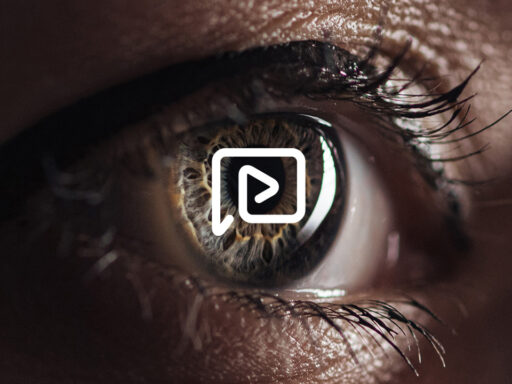Let’s get something straight: reputation isn’t built in a day. But it is built by design.
And that design starts with story.
Now before you tune out and think I mean “Once upon a time” fairytales—hold up. This isn’t Disney. This is survival.
Because story isn’t entertainment. It’s code.
Your brain is a 100,000-year-old processor hardwired to detect threats, patterns, and meaning. It’s lazy on purpose—built to conserve energy so we don’t burn out chasing every shiny thing. Story is the hack. The override. It slips through the noise filter and whispers, “Hey, this matters.”
That’s the job of a story: to make people care, fast.
So, What Is a Reputation Anyway?
Reputation isn’t just what people say when you’re not in the room. It’s the sum of a chain reaction. Here’s the map:
Image → Perception → Reputation → Expectation → Brand → Trust → Loyalty
Each layer bleeds into the next. It’s all messy, human, emotional. You don’t earn trust by announcing yourself. You earn it by showing up, again and again, in ways that feel real, consistent, and valuable.
It starts when someone sees something you’ve made. A video. A quote. A headline. An interaction. That’s your image. From there, they form a perception. Let enough of those pile up and you’ve got a reputation. Now people expect things from you. Congratulations, you’re a brand. If you deliver, they’ll trust you. And if you keep delivering? Loyalty.
But here’s the kicker: trust and loyalty are fragile as glass. You can build a rep in years and lose it in a day. So be intentional.
Let’s Talk About Personas
Some people get weird about having an “online persona.” Like it’s fake. But here’s a better take:
You’re not faking anything. You’re curating clarity.
You’re showing the version of yourself you’re proud of. That’s not lying. That’s design. And if your best self happens to shine brighter on camera than at brunch, who cares? You don’t owe anyone an unfiltered stream of your life unless you’re doing surgery or giving stock advice. Context matters.
This isn’t about being someone you’re not. It’s about deciding who you want to be known as.
How Story Builds That Reputation
Reputation isn’t made by grand declarations. It’s made in micro-interactions. The way your email is worded. The language on your 404 page. (Hint: “Oops, looks like we lost a sock in the laundry” beats “Page not found.”)
Every one of those touchpoints is a story. Not a novel. Not a blockbuster. Just a moment—flavored with intention.
Because language is flavor. Story is the seasoning that makes your message stick.
Let me prove it:
Boring version:
The man’s face was pale. He was sweaty. The jacket he wore was brown with a rough texture. His shoes were very shiny. He wore an expensive watch on his left hand. His belt was leather with a silver buckle on it. He waited for the bus.
Story version:
Drenched in sweat with the colour drained from his face, the man paced as he waited on the bus. He was dressed like an executive, with the suit and watch to match.
Feel that difference?
The first one is information. The second one is energy.
What made it better? Context. Archetypes. Simplicity. Your brain doesn’t want to work hard to picture a “brown jacket.” But it knows what a stressed executive looks like. The less you explain, the faster we understand.
That’s the biological brilliance of story: it lets us process fast and act faster. Just like we did in the wild. Except now, the “hunt” is for attention—and story is the spear.
Here’s What to Remember:
- Reputation is a relay race. Image hands the baton to perception, and so on.
- Every touchpoint tells a story. Be intentional, even with the small stuff.
- Curation isn’t fake. It’s focused.
- Story outperforms info. Every. Single. Time.
- Trust is the treasure. Protect it like your rent depends on it—because it probably does.
So here’s the move: don’t just tell a story. Be the story.
Because the fastest way to build a reputation is to make people feel something. Do that consistently, and you won’t just earn attention—you’ll earn loyalty.
And that’s how legends are made.








